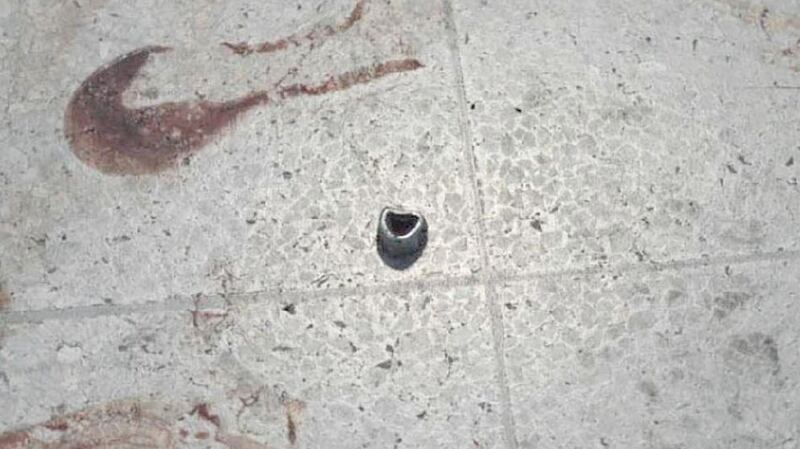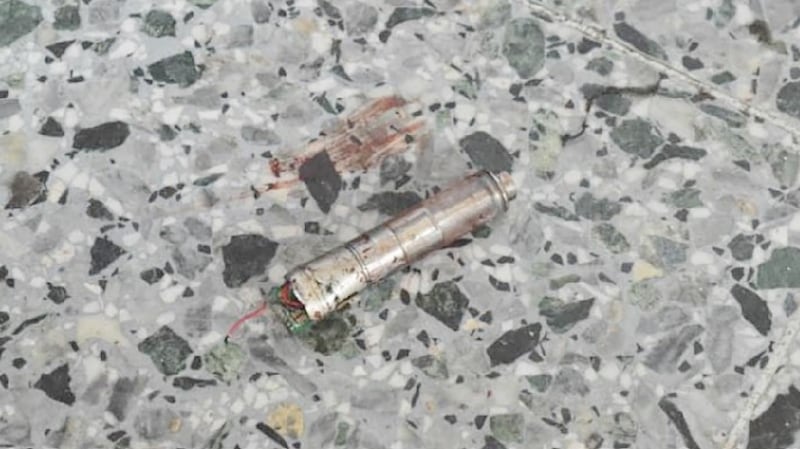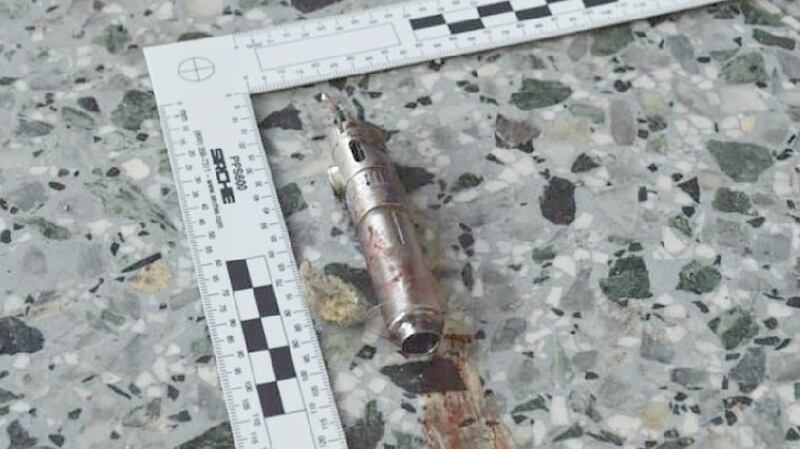The bomber in the Manchester terrorist attack appeared to have carried a powerful explosive in a lightweight metal container concealed either within a black vest or a blue Karrimor backpack, and to have held a small detonator in his left hand, according to preliminary information gathered by British authorities.

The initial analysis of the bomb, based on evidence photographed and collected at the crime scene, does not specify the size or type of explosive used in the bomb’s main charge but suggests an improvised device made with forethought and care.

Police images of metal nuts and screws propelled by the blast, and of damage nearby, show that the bomb's makeshift shrapnel penetrated metal doors and left deep scuffs in brick walls. And a review of the location of those killed shows most of the fatalities occurred in a nearly complete circle around the bomber, Salman Abedi, whose upper torso was thrown outside the lethal ring towards the Manchester Arena entrance.

All of these are indicators of a powerful, high-velocity charge, and of a bomb in which shrapnel was carefully and evenly packed.

The location of the bomber’s torso, and the apparent absence of fatalities in a line between the blast site and where his remains landed, was said by one explosive disposal technician who examined the images, to indicate that the explosive charge was more likely in a backpack than in a vest, and propelled the bomber away from the blast.

Certain details of the bomb further suggest a desire by a bomb-maker to reduce the risk of a dud. Authorities found a mangled Yuasa 12-volt, 2.1 amp lead acid battery at the scene, which is more powerful than batteries often seen in backpack bombs or suicide vests. The battery, used for emergency lighting and other applications, can be bought for about €18.

The apparent detonator, which British officials said was carried in the bomber’s left hand, is also unusual for a manual detonator in a suicide device, in that it appears to have contained a small circuit board soldered inside one end.
It is not clear from the police images if the object was a simple plunger switch, or included a timer or a receiver that could be operated remotely via radio signal or some combination. A remote system could give the bomber or a terrorist cell more than one option for deploying the device, and further suggests the bomb was not as simple in design as many terrorist devices, which often are crude and prone to failure or haphazard effect.

Bomb disposal technicians who reviewed the images for The New York Times said that a more thorough analysis of the device is difficult without more information, and that assessments of the bomb could change as authorities analyse it further and if they collect more evidence.
But its apparent overdesign, including the more powerful than usual battery, could flow from a bomb-maker’s difficulty in building a reliable detonator.
(New York Times service)




